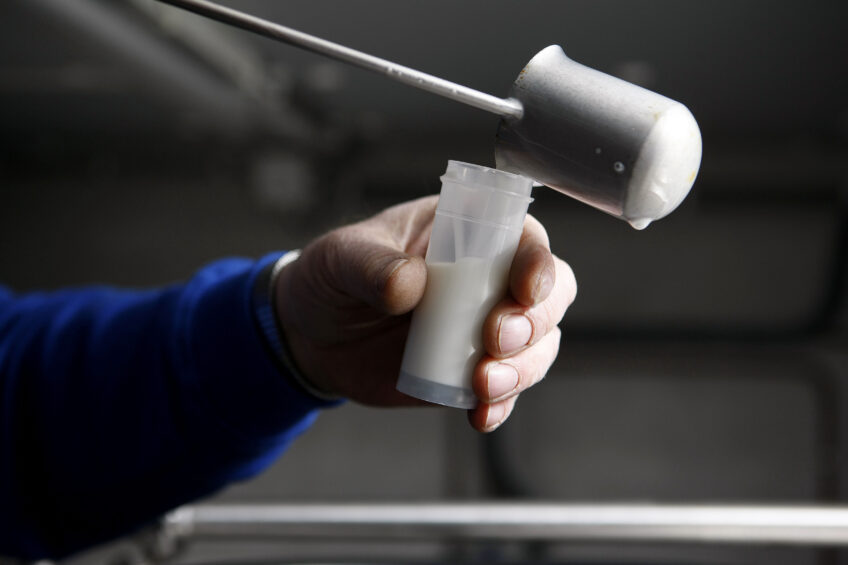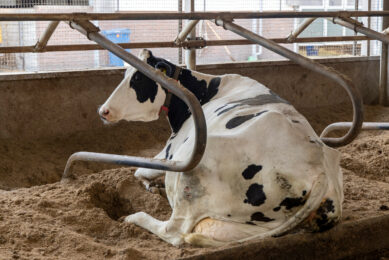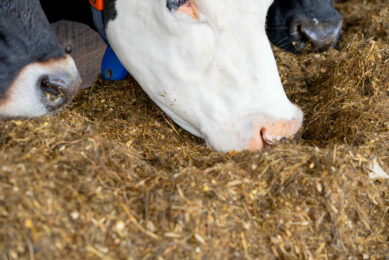Can milk be a animal health indicator?

A group of Dutch researchers have started a project to collect milk samples to find out if the milk from fresh cows can tell us more about the metabolic status and longevity of the animal.
The research is done by Wageningen Livestock Research in the Netherlands, in collaboration with Delta Instruments. The researchers want to know if the mid-infrared (MIR) profile of the milk of cows, at the start of lactation, can be used as an indicator of the metabolic status, and be used as a predictor for longevity.
Metabolism changes during early lactation
The incentive to look at milk samples, collected during the early lactation, is because a range of problems (such as mastitis and lameness) can be sourced back to the early lactation of the dairy cows. During this period of the lactation, the metabolism changes and due to the breakdown of body fat, elevated levels of non-esterified fatty acids (NEFAs) and the ketone body beta-hydroxybutyric acid (BHB) are found in the blood. At the same time, the glucose concentration is lowered. It is possible that comparable changes can also be found in the milk profiles, and these profiles can be related to the health and the life span of the cow.
Data from week 3 and 4 post calving
The project started in 2018, and the practical part of the project has been finished at the Dutch research farm ‘Dairy Campus’. Milk and blood samples have been collected from 400 dairy cows in week 3 and 4 post calving. Also data on milk production, disease and fertility have been taken during these weeks. The milk samples are analysed by Delta Instruments with regard to the MIR profile. The blood samples are analysed by Wageningen University & Research for NEFA, BHB and glucose levels.
Tools to better manage transition cows
The aim of the project is to see whether the composition of milk reflects the metabolism of the cow at that time and gives the farmer more insights on the predicted life span of the cow. This type of information helps the dairy farmer to better manage transition cows and to increase longevity of the herd. The results of the project are expected to be made public at the end of 2019.
Source: Wageningen UR
Join 13,000+ subscribers
Subscribe to our newsletter to stay updated about all the need-to-know content in the dairy sector, two times a week.










